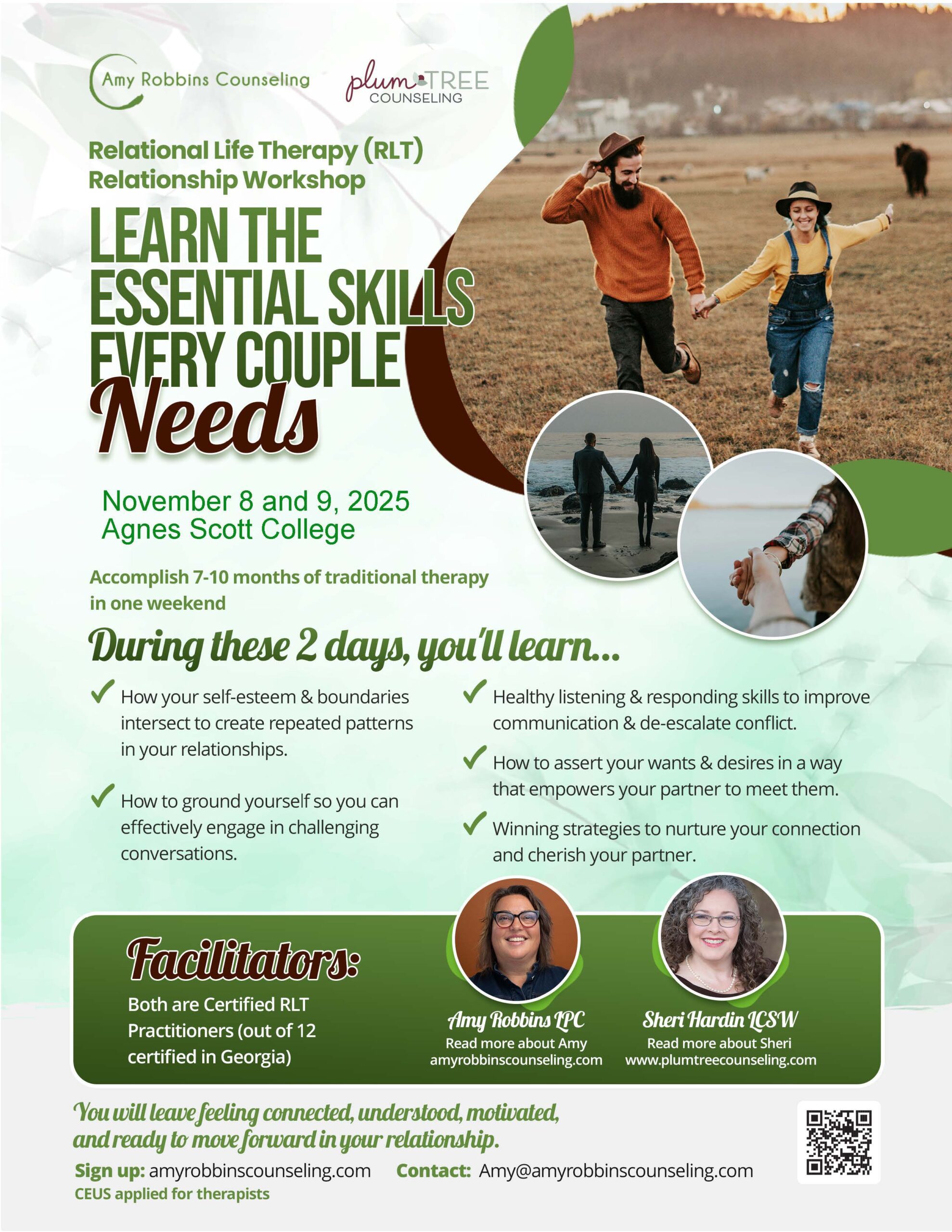WHERE DOES THE GRIEF GO?
You may be familiar with the old adage of, “If you don’t have anything nice to say, don’t say anything at all.” The same could be said to those that question why someone hasn’t moved on from a loss in their life. In other words, “Get over it already.” To those that question, one may respond, “Where do you suggest my grief goes?”
Grief can be applied to a variety of forms. It includes those of us grieving the death of someone we love. Others may be grieving a future they had planned until a relationship transitioned – whether through death, divorce, or other decisions – such as becoming a caretaker. Whereas others may be grieving life transitions related to their (or a loved one’s) mobility, memory, retirement, or downsizing of the family home. Most of us have likely experienced one, if not all, of these and some of us have had them delivered simultaneously, forever altering our inner axis. At the same time, grief is good. And it does not come with a required timeline for mourning.
It can feel as though society has its own set of rules as far as how long you should grieve and what losses “qualify” for a person to grieve.
Society: Your partner/child died? Absolutely. Take all the time you need but also, don’t take too long. You still need to get out there and live your life – they would want that for you. Counselor: You can continue to carry your grief (and live your life) on your terms and your time.
Society: Wait…you are mourning the person that cheated on you? What is there to grieve when it comes to them? Good riddance. Counselor: A person you loved has left. Regardless of your relationship history, you can absolutely mourn the loss of them and the future you had planned. Grief is layered.
Whether it’s partners, children, family, friends, pets, jobs, or plans for the future, if it involves our heart and our head, we will most likely need to grieve the loss.
According to professor and author, Katherine Walsh, a former clinical social worker specializing in in grief, there are five common misconceptions when it comes to grief:
- Time heals all wounds
- People find it too painful to talk about their loss
- Crying indicates that a person is not coping well
- The grieving process should last about a year
- Quickly putting grieving behind us speeds up the process of healing for anyone that is grieving
Once again, all of these are false assumptions. There is certainly a “year of firsts” that occurs in those first 12 months of losing someone or something. We often play the “at this time last year” game with ourselves – remembering the person, place, or thing who was creating memories alongside us at last year’s holiday, birthday, or a random Tuesday in June. And if our head isn’t already replaying the memories, there is a good chance our phone’s photos or social media timelines will make them appear. Despite other’s assumptions, we are not required to pack up our “grief ball” and go home once that first year is finished. In fact, there is a beautiful way to picture how we carry our grief while building new experiences and memories around it as reflected in the corresponding image.
In 1996, inspired by a bereaved mother she had met, grief counselor and researcher, Dr. Lois Tonkin created the Tonkin’s Model of Grief to show how we can grow around our grief. Most people think of grief shrinking over time. For many of us, it stays the same size and new experiences expand around it. We do not have to give up one for the other. This is where our grief goes. It stays with us so that we can continue to remember, honor, and cherish those that have left a permanent imprint on our hearts.

If you would like to learn more about the grief process, and its role in your life, please feel free to contact Wendy Thomas for a free initial phone consultation.


